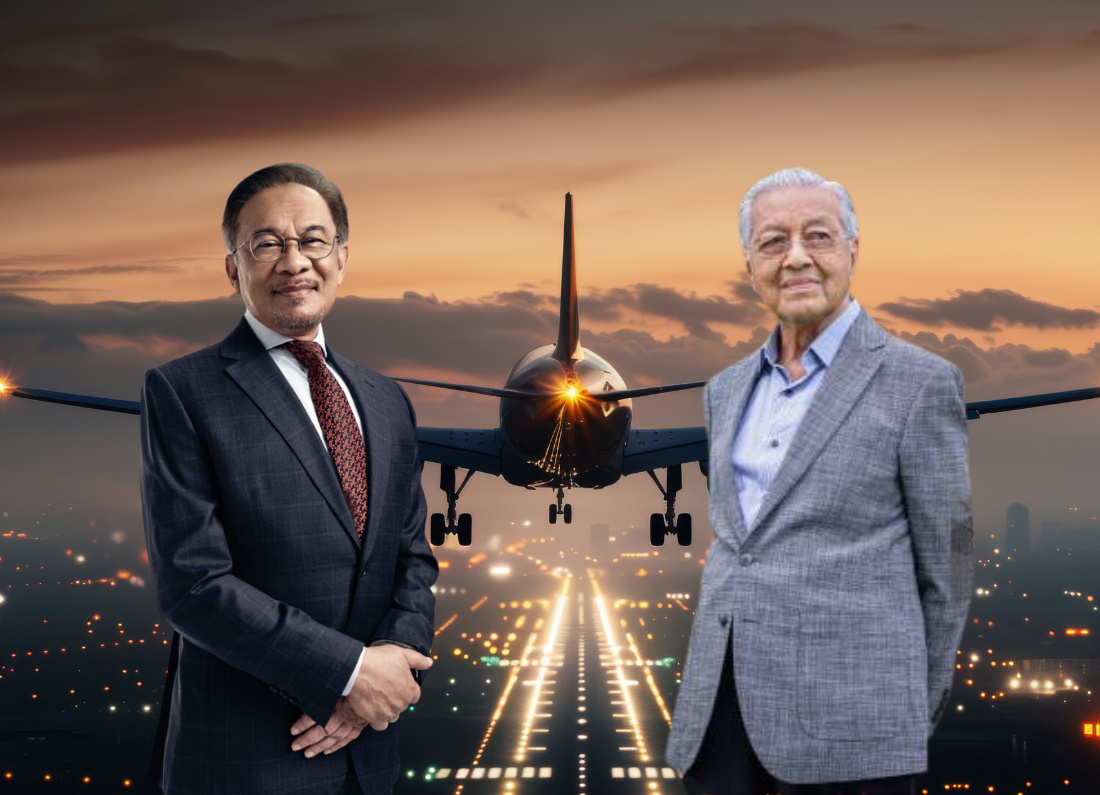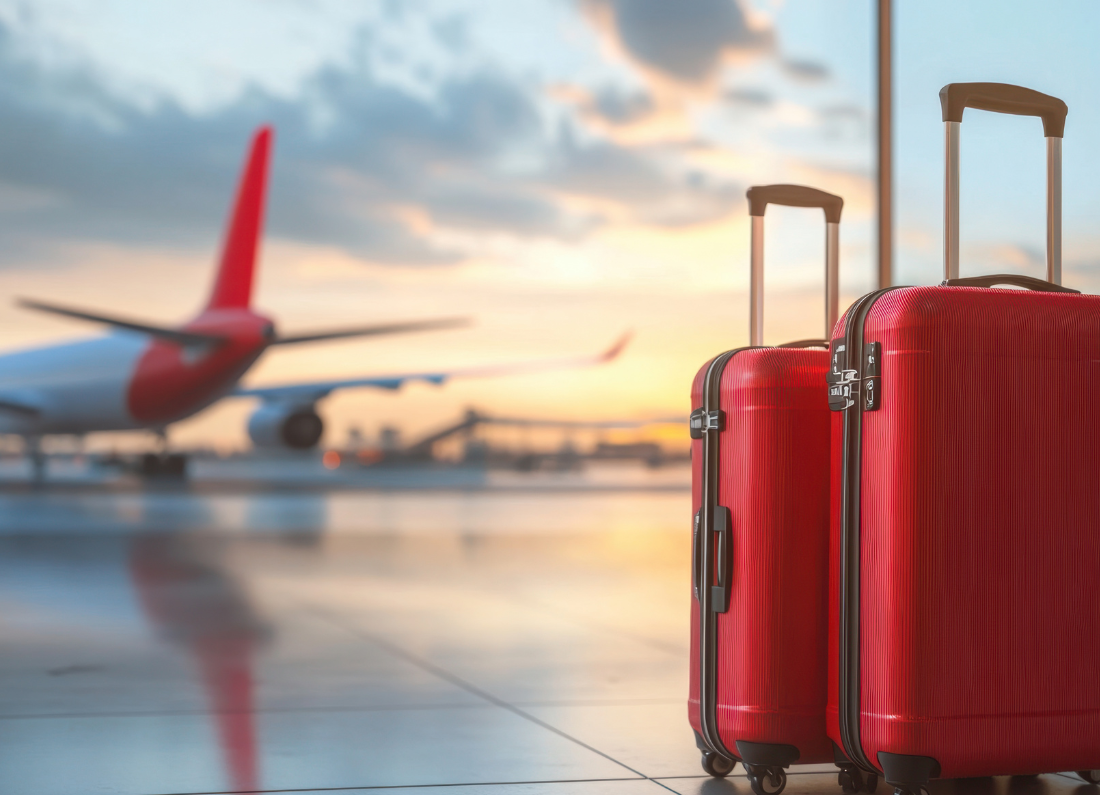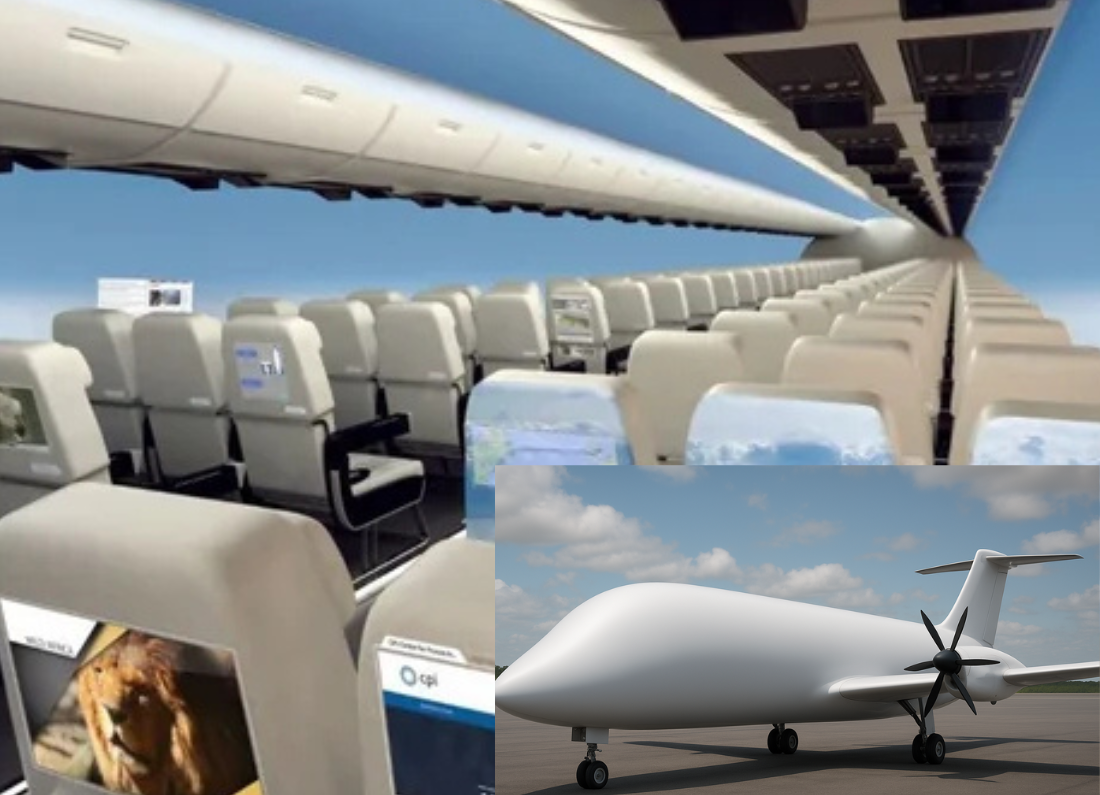Enhancing Safety, Service Quality, and Operational Efficiency is Key to Industry Growth
Malaysia’s aviation sector has long been a vital component of the nation’s economy, significantly contributing to job creation, infrastructure development, and international engagement. It connects millions of people each year, promotes tourism, and facilitates trade, making it an essential element of national development. However, to maintain global competitiveness in an increasingly complex aviation landscape and meet the rising expectations of a more discerning passenger base, Malaysia’s commercial airlines must undergo transformative improvements focused on six key areas: safety, service quality, operational efficiency, fleet modernization, workforce development, and navigating external challenges.
As neighboring countries like Singapore, Indonesia, and Thailand invest aggressively in their national carriers and low-cost airlines, Malaysia risks falling behind unless its aviation players proactively address pressing challenges and adapt to evolving industry realities.
Current Landscape of Malaysia’s Commercial Airlines
Malaysia’s aviation ecosystem is broad and includes a variety of operators:
- Malaysia Airlines, the national flag carrier, offers full-service operations catering primarily to international and domestic routes.
- Leading low-cost carriers such as AirAsia and Firefly are revolutionizing travel by making air travel accessible to a larger segment of the population.
- Regional airlines and niche operators serve specific markets, including underserved domestic routes and short-haul flights, contributing to regional connectivity.
While these airlines have achieved notable successes—such as enhancing regional connectivity and providing affordable travel options—there remain considerable areas for improvement that require urgent attention.
Key Areas for Improvement
- Enhancing Safety Standards and Culture
Aviation safety is non-negotiable and paramount for maintaining public trust. Malaysia currently adheres to international safety regulations set by organizations such as the International Civil Aviation Organization (ICAO). However, recent incidents underscore the need for stronger safety protocols, particularly in:
- Implementing more robust internal Safety Management Systems (SMS) that enable proactive risk identification and mitigation.
- Enhancing pilot and crew training programs to include recurrent training, scenario-based simulations, and emergency response drills.
- Establishing greater regulatory oversight and enforcement by the Civil Aviation Authority of Malaysia (CAAM), ensuring compliance with safety standards.
- Promoting transparent reporting mechanisms and open safety data sharing to learn from past incidents. Building a resilient safety culture is vital for restoring public confidence and fostering international partnerships essential for growth.
- Fleet Modernization and Sustainability
Many Malaysian airlines still operate aging aircraft, which have several downsides, such as:
- Higher operational costs due to frequent maintenance and lower fuel efficiency.
- A diminished passenger experience stemming from outdated cabin designs and technologies.
- Increased environmental concerns associated with higher emissions. Strategic investments in modern, fuel-efficient aircraft like the Airbus A320neo and A330neo, as well as the Boeing 737 MAX, can enhance operational safety, reduce carbon footprints, and improve overall cost competitiveness, aligning with global sustainability goals.
- Service Quality and Passenger Experience
In an era of heightened passenger expectations, characterized by demands for comfort and efficiency, airlines must focus on improving:
- Cabin cleanliness, comfort, and amenities that cater to diverse passenger needs, including families, business travelers, and elderly passengers.
- On-time performance metrics, utilizing real-time data analytics to optimize scheduling and minimize delays.
- Consistency in in-flight service, ensuring that cabin crew are well-trained and equipped to provide exceptional customer care.
- Digital innovations in booking systems and customer support, such as AI-driven chatbots for immediate assistance and streamlined operations for smoother travel experiences. Delivering a superior passenger experience helps build strong brand loyalty and distinguishes Malaysian carriers in a competitive regional market.
- Operational Efficiency and Cost Management
The aviation industry operates within a razor-thin margin; therefore, Malaysian airlines need to:
- Optimize route networks based on thorough demand forecasting and passenger trend analysis.
- Implement advanced fuel management strategies to minimize costs and decrease carbon emissions.
- Leverage data analytics for informed decision-making in operations, staffing, and customer engagement.
- Streamline ground handling and maintenance operations, potentially outsourcing non-core functions to specialized service providers. Achieving lean and efficient operations enables airlines to maintain profitability while offering competitive fares.
- Workforce Development
A skilled, motivated workforce is the backbone of any successful airline. The Malaysian aviation industry must:
- Invest in comprehensive pilot and technical training programs, including partnerships with reputable flying academies and technical institutions.
- Develop initiatives to attract and retain both new talent and experienced aviation professionals through attractive compensation packages and career progression opportunities.
- Strengthen collaborations with technical colleges and vocational institutions to create tailored training programs that address current industry needs.
- Foster a performance-driven and safety-oriented organizational culture that prioritizes continuous learning and development.
Addressing External Challenges
In addition to internal improvements, Malaysia’s commercial airlines face broader external challenges, including:
- Rising fuel prices, which can significantly impact operating costs.
- Currency fluctuations that affect profit margins, especially on international routes.
- Increasing regional competition from airlines that are rapidly modernizing and expanding their networks.
- Evolving regulatory requirements that necessitate constant adaptation and compliance.
- Recovery from pandemic-related disruptions, which have profoundly affected passenger traffic and operational stability.
Proactive leadership, strategic planning, and collaboration with government agencies are essential for navigating these multifaceted challenges efficiently.
A Critical Moment for Malaysian Aviation
Malaysia’s commercial airlines have immense potential for growth, extending their reach to more destinations and supporting national economic development. However, realizing this potential requires bold action, targeted investments, and a steadfast commitment to improvement across the aviation ecosystem.
By prioritizing safety enhancements, fleet modernization, service quality improvements, operational excellence, and workforce development, Malaysian airlines can reclaim their reputation as trusted and competitive players in the global aviation market.
The time for incremental change has passed. For Malaysian commercial aviation to thrive in the 21st century, comprehensive, industry-wide improvements are no longer optional; they are essential for future success.














Leave a Reply